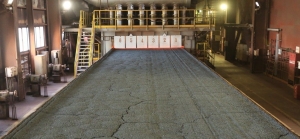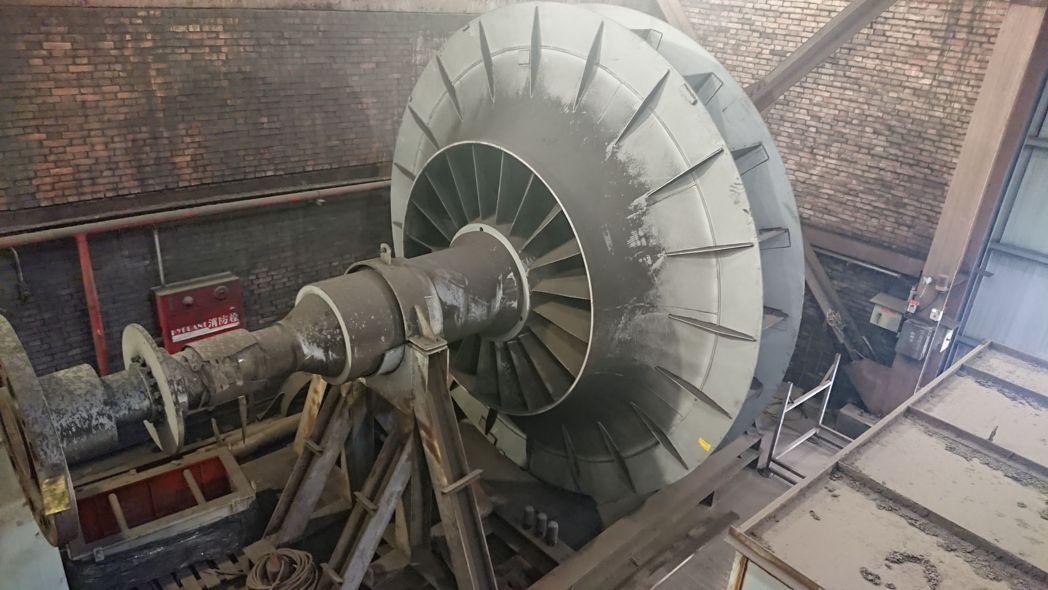China Steel Drives Low-Carbon Transformation with AI, Achieving Breakthroughs in Operations, Production, and Equipment
2025/10/13 | By CENS
Facing the formidable challenge of achieving carbon neutrality by 2050, China Steel Corporation (CSC) is accelerating its low-carbon transformation through digital innovation. By integrating artificial intelligence (AI) across three major domains—operations, production, and equipment—CSC has achieved remarkable results and gained repeated recognition for its accomplishments.
Following its Digital Transformation Dingge Award win last year, CSC continued to demonstrate technological leadership. Its “Smart Ironmaking and Sintering Reinvention” project won the 5th Dingge Award, earning both the Smart Manufacturing Upgrade Transformation Award and the ESG Special Award. General Manager Chen Shou-dao accepted the honors on behalf of the company during the SAP-organized ceremony.
Like Japan’s JFE and Nippon Steel, and South Korea’s POSCO, CSC operates an integrated steelmaking process from blast furnace to converter steelmaking. To maintain the fluidity and permeability of raw materials in the blast furnace, iron ore must first be processed into porous sintered lumps of uniform size at the sintering plant before being charged into the furnace.
The quality of sintered ore is dynamically affected by multiple interrelated factors, including feed rate, moisture content, bedding height, ignition furnace temperature, bellows negative pressure, and the sintering machine’s travel speed. The sintering plant also features a massive exhaust fan with an air extraction capacity of 1.12 million cubic meters per hour—nicknamed the “Big Windmill” by on-site operators. This fan not only directs exhaust gases into desulfurization and denitrification systems to meet environmental standards but also ensures even heating across the sintering bed, making it one of the most critical components in the process.
CSC’s “Smart Ironmaking and Sintering Reinvention” project centers on deploying AI in four areas: raw material chemistry control, sintering machine speed regulation, flue gas emission management, and core equipment stability.
First, CSC uses neutron beam automatic monitoring instruments to instantly measure the chemical composition of raw materials. An automated control system then fine-tunes mix ratios, cutting inspection time from five hours to just 15 minutes and greatly improving process efficiency. Additionally, AI algorithms precisely control the sintering machine’s speed, boosting the production yield of sintered ore by approximately 4%.
CSC also developed an AI-based flue gas emission prediction model that optimizes operating conditions for desulfurization and denitrification. This innovation is expected to save about 1.15 million kWh of electricity and 13,000 m³ of water annually. Meanwhile, big data analytics and digital twin models are used to continuously monitor the operational health of the “Big Windmill.” Predictive maintenance scheduling helps prevent unplanned downtime and improves equipment reliability.
Through the integration of IoT, big data, and AI, CSC’s project has enhanced process stability, safety, and energy efficiency—achieving an estimated annual carbon reduction of 46,000 metric tons and cost savings of NT$84 million. The system also translates senior operators’ expertise into digital models, enabling seamless human–machine collaboration between CSC’s new-generation engineers and intelligent systems.
During the project, CSC cultivated 15 cross-disciplinary digital professionals. The developed smart systems have since been rolled out to other facilities within the company and piloted across group subsidiaries. The underlying technologies have received invention patents and proven cross-industry potential for use in sectors such as cement, glass, and ceramics—contributing to Taiwan’s broader efforts in industrial energy efficiency and carbon reduction.


